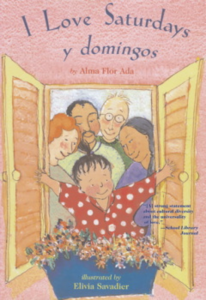by Charlene Klassen Endrizzi, Westminster College, New Wilmington, PA
“I do not want Israelis to be remembered simply for the Holocaust. I want others to understand the richness of our unique 5,000 year old Jewish culture.”
Sima, mother of a recently commissioned nineteen year old Israeli soldier, shared these thoughts as we surveyed a Holocaust exhibit at my college last year. Over time her statement enabled me to re-conceptualize my images of Israel, no longer focused on the World War II genocide but instead aimed toward a more holistic representation.
Continue reading



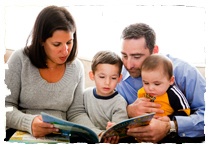
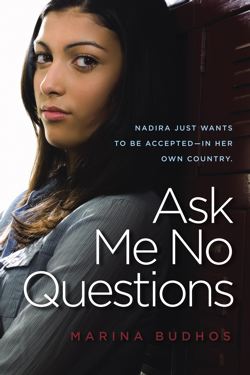
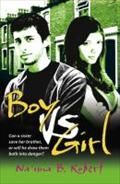
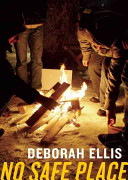 Authors outside of the cultures they are representing write both the immigration books from this as well as the
Authors outside of the cultures they are representing write both the immigration books from this as well as the 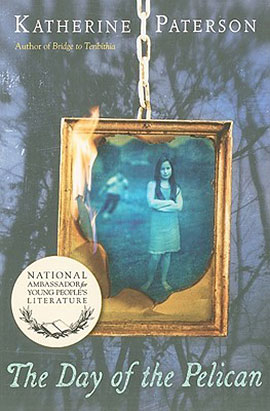
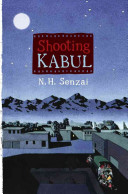 Generally, immigration can be due to many reasons some of which could be due to family/marriage, work/better life or as refugees from war, genocide, and unrest. In the effect of immigration on characters one observes a certain general impact as the characters go through the process of settling in their adopted countries while they usually settle in to a better life while continuing to hold on to their old life. Letting go of who a person has been for a long time is not easy. However, the impact of effects of genocide, war and unrest are ever present in an immigrant’s life and are not easy to shake off.
Generally, immigration can be due to many reasons some of which could be due to family/marriage, work/better life or as refugees from war, genocide, and unrest. In the effect of immigration on characters one observes a certain general impact as the characters go through the process of settling in their adopted countries while they usually settle in to a better life while continuing to hold on to their old life. Letting go of who a person has been for a long time is not easy. However, the impact of effects of genocide, war and unrest are ever present in an immigrant’s life and are not easy to shake off. Yang stresses the importance of being who you truly are and nothing less. As teachers it is our duty to create a classroom environment in which our students can feel free and comfortable being themselves.
Yang stresses the importance of being who you truly are and nothing less. As teachers it is our duty to create a classroom environment in which our students can feel free and comfortable being themselves.
